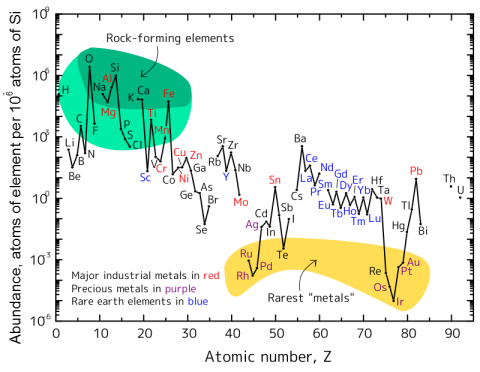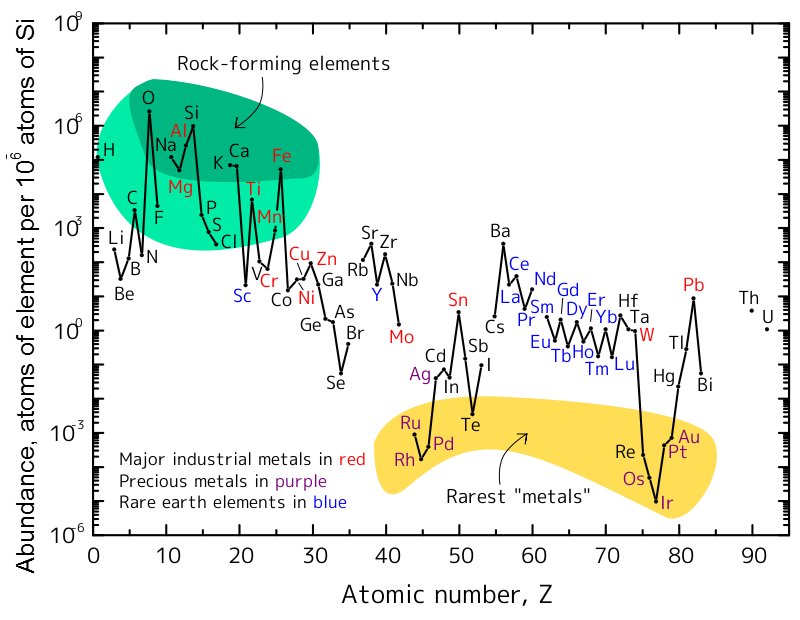ようこそ
Welcome to
磁気機能工学研究室へ!
MMM Lab.!
MMM Lab. (Magnetic Materials and Measurement Laboratory)
Magnetic Materials and Measurement Laboratory
─数理物質科学研究科 電子・物理工学専攻
─Quantum and Electronic Engineering Major, College of Engineering Sciences
─理工学群 応用理工学類 電子・量子工学主専攻
─Applied Physics Major, Graduate School of Pure and Applied Sciences
柳原研究室
Yanagihara Laboratory
はじめに
Introduction
古くて新しい物性である「磁性」の応用は、「スピントロニクス」という新しい展開を迎え、大きく花開こうとしています。磁気機能研究室では、古典的な磁性の理解・応用から新しい磁気伝導現象の発展 (スピン電子工学) に向けて、原子層単位で制御された薄膜構造やボトムアップのナノ粒子まで、幅広く研究の対象としています。
Old and new physical property "magnetism" is making a great leap in its application after meeting a new trend of research "spintronics." In MMM lab., we have focused on wide variety of research ranging from thin film structure controlled in units of atomic layer to bottom-up nanoparticles aiming at the development of novel magneto-transport phenomena (spin-electronics) as well as understanding and application of classical magnetism.
本研究室では文部科学省が推進する「元素戦略プロジェクト」による支援を受けて、2009年度から複合界面制御による白金族元素フリー機能性磁性材料の開発pdfを進めています。元素戦略プロジェクトとは、存在比の高い元素を用いて希少元素を用いることなく、あるいは使用量を減らして、高い機能を維持・創出する新しい材料開発の考え方です。我々のグループでは、レアメタルの中でも特に希少な白金族元素 (Ru, Rh, Pd, Os, Ir, Pt) を全く使用せずに高性能な垂直磁気異方性材料、および反平行結合材料を実現するという野心的な研究を行なっています。
This laboratory is financially supported by MEXT (Ministry of Education, Culture, Sports, Science & Technology in Japan) from fiscal 2009 in order to promote "Elements Scinence and Technology Projects - the development of platinum group elements free functional magnetic materials by complex interfacial control.pdf" Elements Scinence and Technology Projects is the new idea of materials development that one can create or maintain high functionalities by using elements with higher abundance without use of or with reducing the usage of rare elements. Our group is carrying out an ambitious research of achieving high-performance perpendicular magnetic anisotropy materials and the synthetic antiferromagnetic materials without using the rarest metals; platinum group elements (Ru, Rh, Pd, Os, Ir, Pt) at all.

